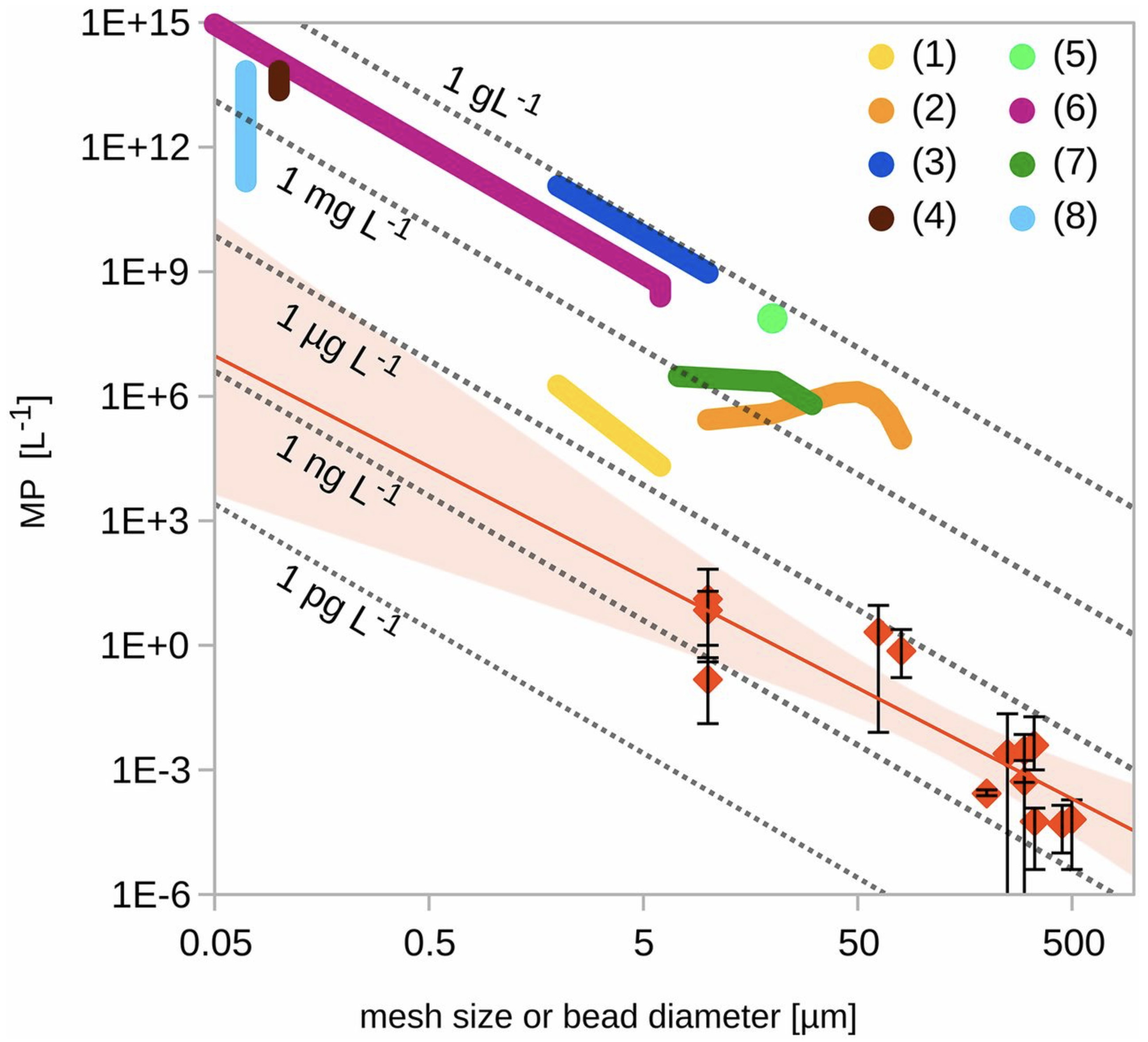PLASTICS & THE ENVIRONMENT
MICROPLASTICS FACTS & MYTHS
MICROPLASTICS EXPOSURE, RISKS AND MITIGATION STRATEGIES
EVIDENCE & PERSPECTIVE FROM THE LEADING INDEPENDENT EXPERT
What is our exposure to microplastics, how concerned should we be and how can we reduce ingestion of microplastics? Plastics & the Environment – get the facts from the #1 independent expert – microplastics, litter, waste, ocean plastics, degradation, LCA
Introduction
People are concerned about microplastics. Why? The reason is simple, there has been a flurry of media stories telling us that they are everywhere and the effects are either unknown, or worse, they are proven to be a threat to our health. This reliance on the media to interpret science and present it accurately to us is a key point. If for whatever reason, they do not relay the message accurately, then we could end up worrying about topics that do not actually deserve our attention, or, even worse, not worrying about real dangers because they have been downplayed by the media.
While the general public do not generally read peer-reviewed science, they are savvy in the ways of the world. Consequently, studies show that they do not trust the media, because commercial interests and biases can all too easily result in deviations from the truth. Ironic then that our topic source of information is one that we ourselves do not trust. Given that people are skeptical of the media, how can we know whether they are telling us the truth about microplastics? A recent peer-reviewed study compared what the media tell us about microplastics to what scientific studies tell us. In total, they considered 464 peer-reviewed scientific studies and 186 media articles. They found that 93% of media stories say that microplastics are a threat to our health but only 24% of scientific studies say that there may be a threat. Therefore, it is scientifically proven that the media have lied to us about the real threat level from microplastics.
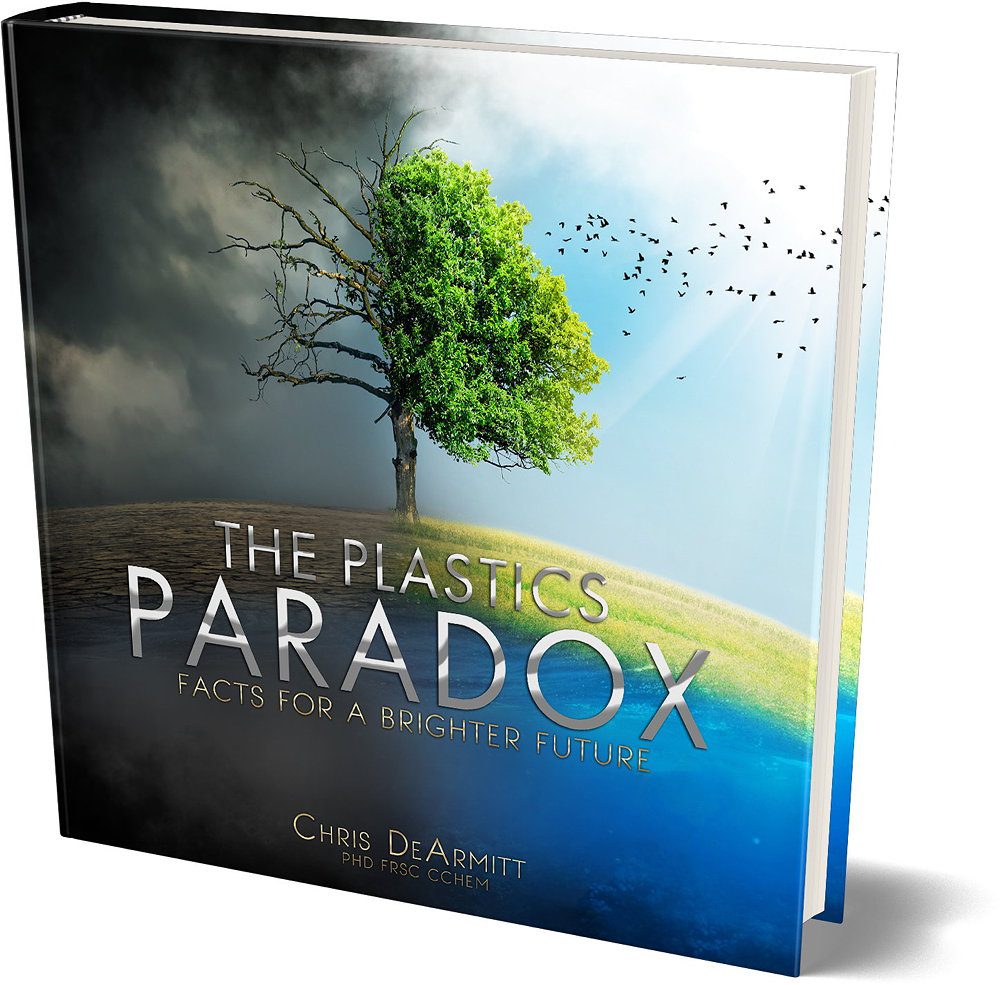
So, how much danger is there, if any? How concerned should be, and what should we do? The only way to know the answers is to read the peer-reviewed science and not just one or two studies, but a really comprehensive review of all the science. That means hundreds of hours finding studies, reading them and then summarizing the findings. Who would do such a task? Who would pay for it? I decided to do it unpaid, in order to preserve impartiality because we saw with the media and the NGOs what happens when people get paid to report the science. Similarly, I am sharing the findings for free, to keep the financial aspect out of the equation.
Toxicity
A substance would have to be more toxic than the most toxic substance known to mankind in order to be lethal at such an incredibly low dose. Are plastics incredibly toxic? I think we all know the answer to that. We eat food with plastic cutlery from plastic plates and drink from plastic straws. These plastics are thoroughly tested and FDA approved for contact with food and drink. In fact, comparing typical plastics to other common substances, it becomes clear that they are amongst the least toxic materials that we come into contact with.
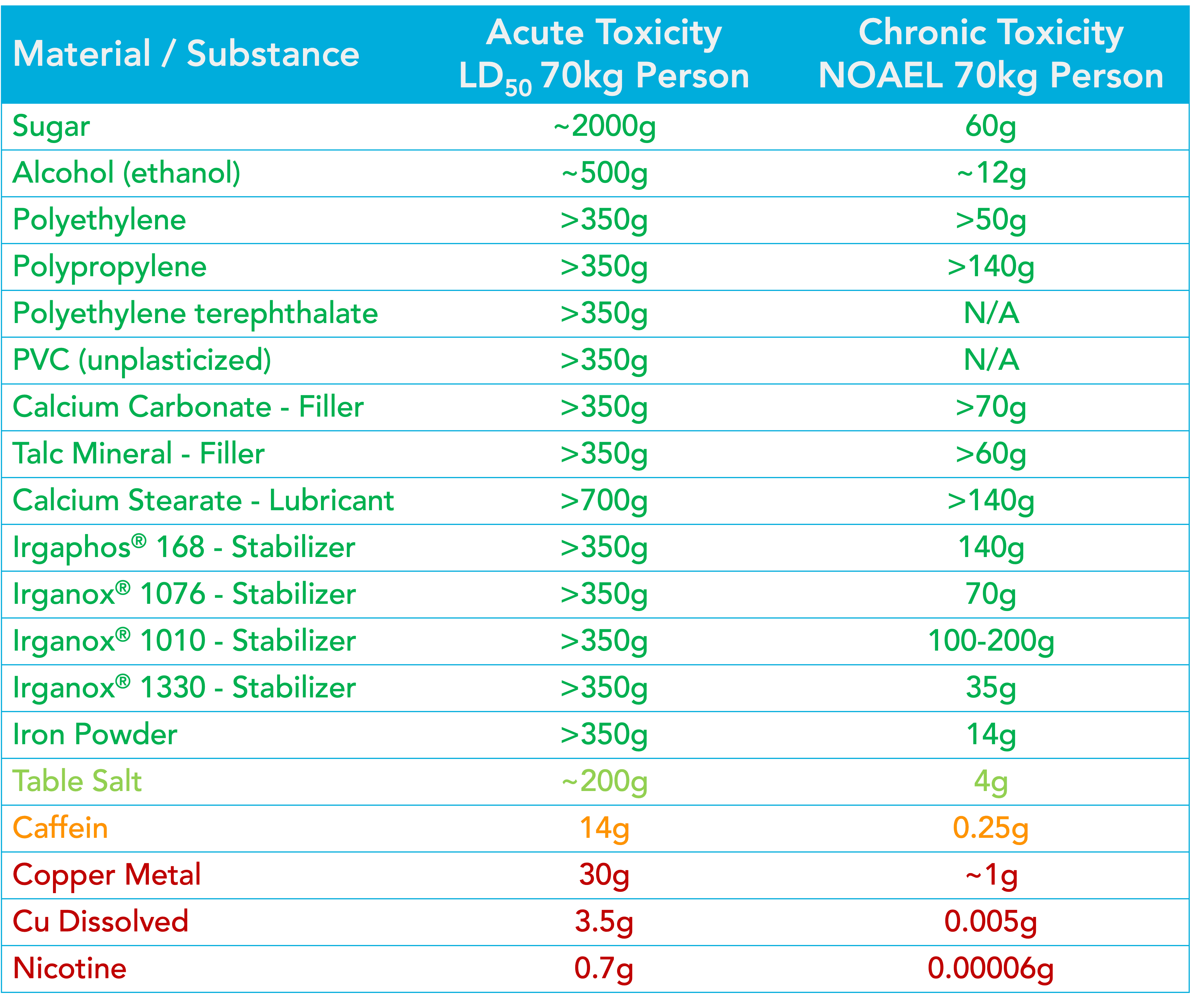
Exposure
We are told by the WWF and other NGOs that we eat a credit card (5g) of plastic per week. They tell us that and then show us a shiny “donate now” button in the hope that we are scared enough to part with our cash. So, is the claim true? The latest and best review concluded that the WWF are wrong. We ingest under 600 nanograms per person per day, (0.0000006g) So, in actuality, it would take tens of thousands of years, to ingest a credit card’s worth of plastic. It looks like the former President of Greenpeace was not joking when he claimed that the business model of these NGOs is to tell whoppers for money. And when it comes to lies, we’re told the bigger the better because wildly outlandish lies are more likely to be believed. The claim that we eat a credit card of plastic a week has been completely disproven and yet, the NGOs keep the claim up on their websites next to that “donate now” button. This confirms that they care only about the money, because if they cared about truth and the environment, they would have updated the claim to reflect the evidence.
There has been so much talk about microplastics in bottled water. Is it justified by the evidence? Studies show that the amount of plastic in bottled drinking water is 0.000001g per liter of water (Virginia Blanca et al). That means 0.0000001g per 1000g of water. To put it another way, a 1 liter bottle of water contains 999.999999g of water and just 0.0000000001g of non-toxic plastic. Would any reasonable person panic over that? That would be an extreme case of paranoia.
The conclusion of the most detailed review of microplastics exposure found that plastic particles make up just 0.001% of dust we ingest and that the exposure is, in their words “negligible”.
From this we see that there is no logical reason to be especially concerned about plastic particles from an exposure point of view. The amounts are extremely low compared to all of the dust we are exposed to. In order for plastic particles to be of any concern at such low exposure levels, they would have to be incredibly toxic, and we know from decades of testing that they are not toxic. More on that in the next section.
One might wonder what the long-term exposure adds up to over a lifetime.
That too can be calculated…
We ingest 0.0000014g per week and there are ~3600 weeks in 70 years.
So, total lifetime exposure to microplastic by ingestion is 0.005g.
The vast majority (~99.7%) of small particles ingested pass right through us.
So, we can calculate the total amount not expelled over 70 years as 0.000015g.
We also know that even those tiny amounts not expelled are attacked, degraded and removed by the body.
Risk Evaluation
We have looked at exposure and mitigation strategies, so now it is time to evaluate the level of risk. After all, we encounter thousands of risks every day and we don’t have the time or energy to get worked up about them all. We need to prioritize and worry about the main risks. The alternative is to stay at home and hide under the covers all day.
The assumption is that microplastics is a new topic, so the science has not been done yet. While it is true that the term microplastic was invented relatively recently, safety testing on plastic particles has been going on for decades, so the results are in.
A scientific review of many microplastic studies found that the consensus is that there is no evidence of harm from microplastics. In 2024 the FDA also released the results of their microplastics review and stated clearly that there is no evidence of risk. That is surprising given that we see news headlines about risks all the time. Well, the study looked at that too. They found that while the majority of scientific studies find no risk, the media stories say there is a risk over 90% of the time. This means that the media have intentionally misled us, presumably because scary stories make money.
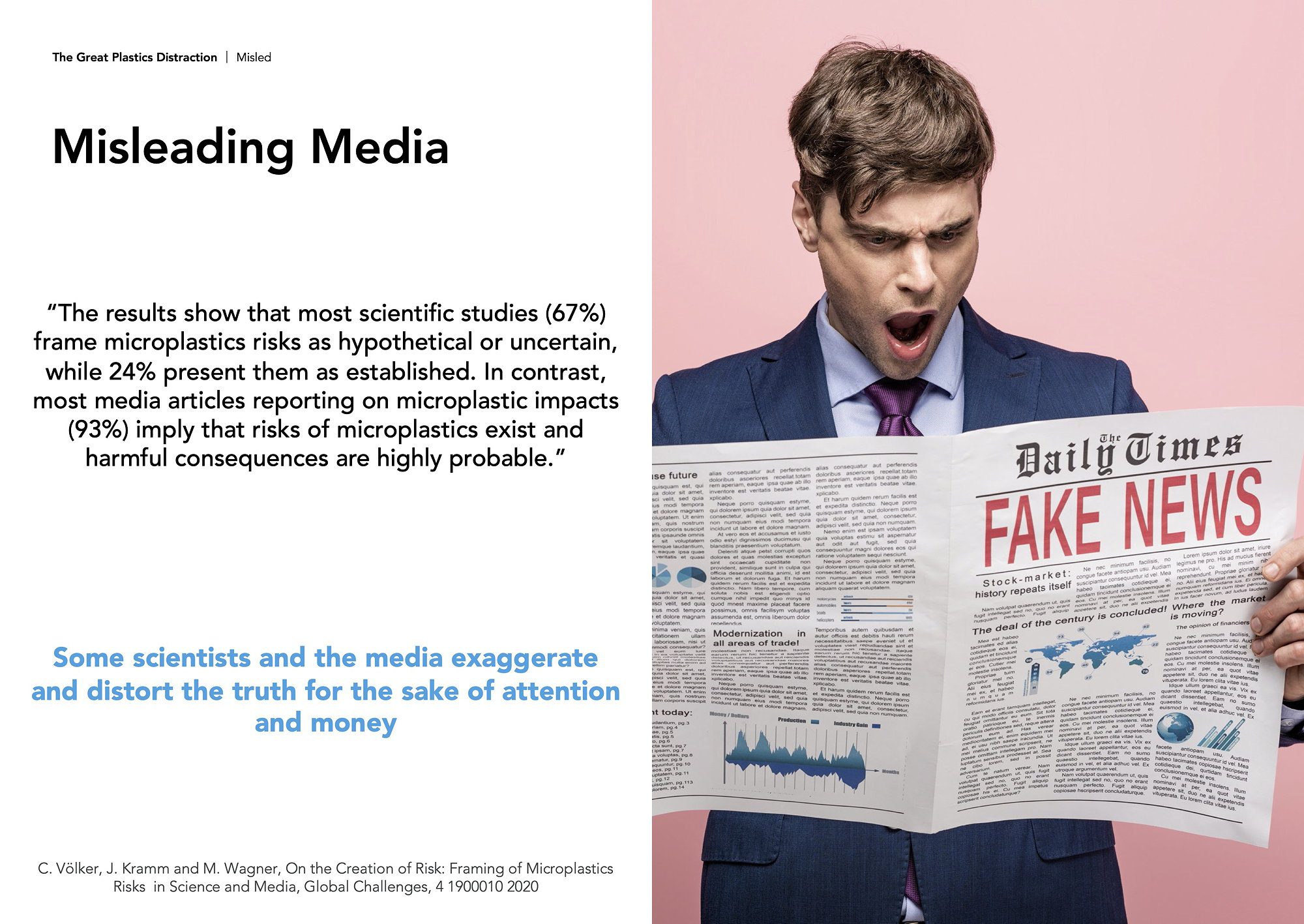
So, if most studies find no real evidence of harm, what about the minority that do claim to have identified a threat? Scientists looked into that too and found that most or all of those studies are not valid. Why not? The studies were not conducted properly.
Many studies used up to 10 million times too much plastic. Using massively more than is in the environment invalidates the study because toxicity depends on dose. Even oxygen, sugar and the safest substances are toxic if you use an unrealistically high dose. In fact, looking at eight studies they all use absurdly high concentrations of plastic and were criticized by other, more professional scientists (Lenz, Enders and Nielsen). They plotted actual levels of microplastic in the environment (red dots), which are extremely low and then compared to the concentrations of microplastic used in studies (colored lines), which are so high as to render the studies meaningless. Note that the scales are logarithmic, and a concentration of one million particles per liter used in studies is a 1 000 000 000 times more than 1×10-3 particles per liter found in the environment.
Not only that but only 10% of studies were done on the right kind of plastic, meaning the kinds that we actually use and that end up in the environment. The studies claiming to show a potential problem are meaningless because they were done on a special kind of lab synthesized particles that no-one in the world is actually exposed to. Next time you read a headline claiming to show a threat from microplastics, remember that there’s a very high probability that it is junk science presented to scare you into donating to some fake environmental group.
Those are not the only mistakes made. Proper scientific studies use a “control” meaning that you compare the results to a suitable reference. Microplastic studies almost never compare the results for plastic particles to the results for other kinds of particle. Are there any studies where they compare plastic particles to other particles? Yes, there are, and they found plastic particles to be as toxic as clay (from soil) and cellulose, which is to say not toxic. Here is a quote from one such study:
“…the experimental design of most studies does not allow distinguishing plastic-specific effects from those caused by any other particles, such as clay and cellulose, which are ubiquitously present in the environment. We suggest that microplastic effects reported in recent ecotoxicological studies are similar to those induced by the natural particles.”
After reading hundreds of studies on plastic particles, I have yet to see a single valid study showing harm. There are decades of studies on plastic particles and here are some, all showing no reason for concern.
Can particles be dangerous? Yes, without a doubt. Hundreds of thousands of people die every year from particles but ask yourself this. Should we be more concerned about 1 non-toxic plastic particle or the other 99999 other particles we ingest that contain real toxins and cancer-causing substances like cadmium, arsenic, lead and quartz? Every person is free to choose what worry about, but as a scientist, I choose to worry about real, proven threats, not imaginary, disproven ones. I am not alone in this view either. For example, see this detailed lecture on the facts and perspective around microplastics: Microplastics, Public Health Myth or Menace – Ian Mudway
Newsworthy?
It astonishes me to see the stories that get published about microplastics and all in a desperate attempt to kick up a fuss and scare us. One headline read “Microplastics Found on Mount Everest”. Dust is everywhere, so how can finding dust be news? Just like all solids like concrete, sand, wood, metals, dead skink and so on, plastic is a part of dust. Try calling the Editor of the NYT and tell them you’ve found dust on your keyboard and that you want them to run that “story”. They will laugh in your face because that’s new news. And yet, we see a headline that plastic particles were found on Mount Everest and people treat it like it’s news when it isn’t.
Follow the Money
Why do people lie to make us scared? Simple – that is the easiest way to get people to hand over their money and their power. Thus, so-called “environmental” groups tell us lies for donations. Dr. Patrick Moore, the former President of Greenpeace said that they do it and so do many of the other NGOs. He was so disgusted that he left and made sure to expose them. Governments do the same because it is mush easier to rule over a scared population. After the events of September the 11th, the US government wasted no time at all getting a scared population to agree to have them monitor every call we make and give up our other liberties.
Conclusions
Humans are notoriously bad at judging risks. We tend to go with our gut feeling or scary headlines we see because the vast majority of us hasn’t got the time or expertise to check the science. I have checked the science, for myself and my family and I am sharing it for free, so that people can make smart choices. I hope that you now feel armed with the information you need to decide what action, if any, you want to take.
Remember that when you see scary stories about plastic particles, they come from two main sources, so-called environmental groups who want to scare us into donating our money and the media who publish sensational nonsense to get advertising dollars.
Is that too harsh a judgement? Recall that the WWF told us that we eat up to a credit card of plastic per week? Well, that was based on a study they paid for (Cox et al.) and a later, independent study (below) showed that it was utter nonsense. In fact, we do not ingest 5g per week but 0.000004g a week, which means that it would take over twenty thousand years to eat a credit card of plastic. Why were the WWF so wrong? Why did they not publish a retraction when their claim was disproven? Why did the media cover the untrue scary story but not cover the good news that exposure is actually so low? Money, that’s why.
Let’s stop being manipulated by organizations greedy for our money and stop worrying needlessly over matters not deserving of our time and attention. After all, there are plenty of real dangers that deserve our attention. If your organization is worried about microplastics, or your customers are, then contact Dr DeArmitt, the leading independent expert and keynote speaker on microplastics.
About the Author
Dr. Chris DeArmitt is considered a leading independent expert on the environmental effects of plastics on the environment. He read over 4000 studies unpaid and then shared the science for free via his book The Plastics Paradox, websites, podcasts, radio and TV. He is an award-winning keynote speaker educating global audiences on plastic materials science and the environmental effects of plastics. In 2024, Dr DeArmitt launched a new keynote talk specifically to address the growing concern over microplastics. Whereas so many reports aim to frighten the public, Dr. DeArmitt is able to shine new perspective on the topic reassuring business owners, executives, staff and customers alike by showing that microplastics are not new, unknown and dangerous. In contrast, hundreds of studies spanning decades show them to not pose any threat.
In 2018, Chris was featured on CBS’s 60 Minutes with Scott Pelley as an expert witness in a class-action lawsuit related to Marlex mesh plastic implants. He helped thousands of women get settlements. Later television appearances include Sky News and the BBC as well as assorted radio and internet media interviews.
In 2020, Dr. DeArmitt published The Plastics Paradox, the first comprehensive, scientific overview of plastics materials and the environment covering all topics including waste, litter, microplastics, degradation, ocean plastics and more.
Chris has a multitude of granted patents as well as numerous articles, book chapters, encyclopedia chapters, and conference presentations to his name.
“you can be for the environment, or against plastics, but not both”.
Some reviews for the Plastics Paradox…
“…the most important tome on plastic sustainability of our lifetime! A masterpiece and important book for all to read.”
“Pure Accuracy from a Real Expert!”
“…cites studies, scientific articles and research to dispel truly dangerous misinformation that we have all been force-fed for decades.”
“An excellent book that everyone should read.”
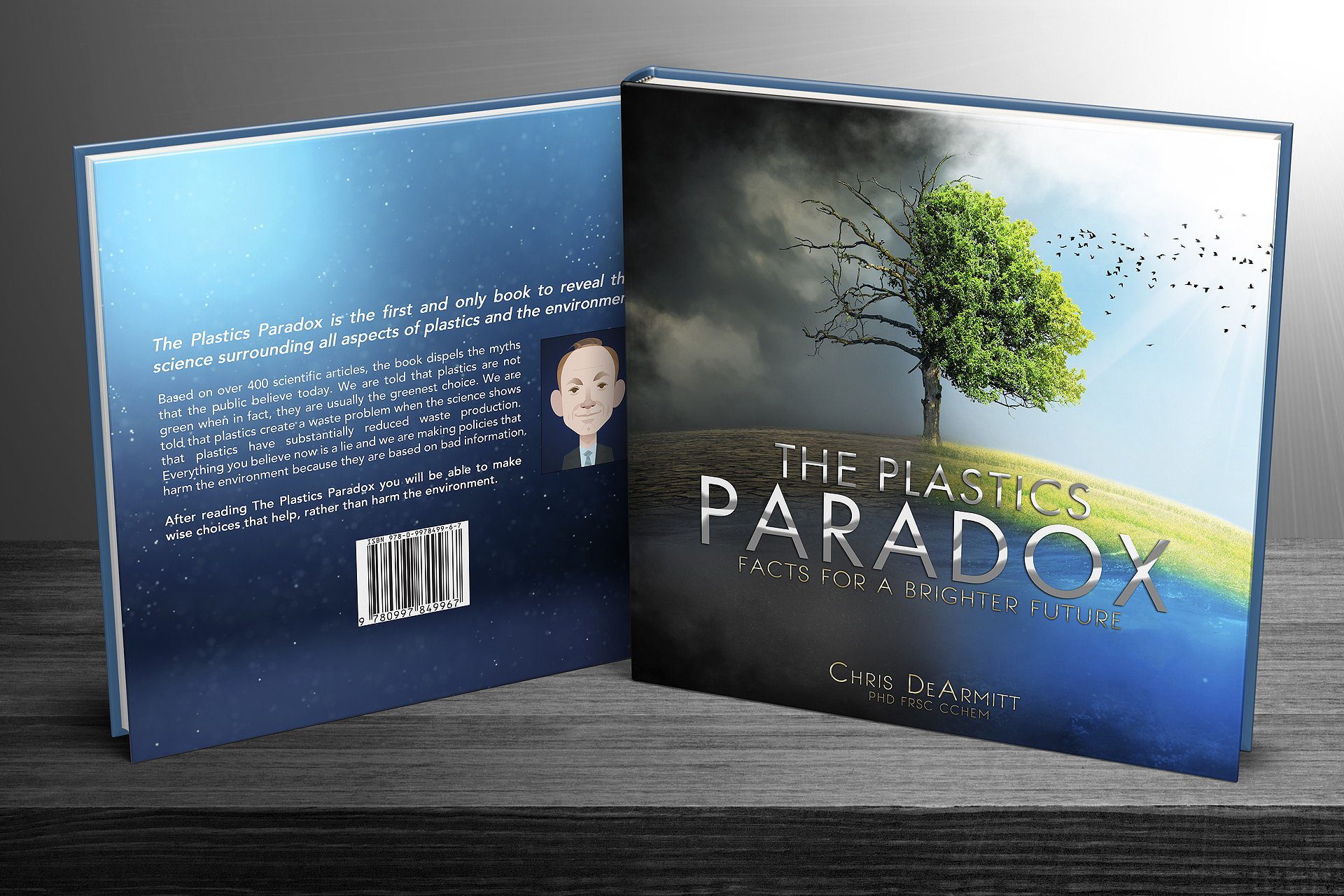
Dr. Chris DeArmitt is a renowned independent scientist with decades of experience solving tough technical challenges for some of the world’s leading companies. He is a Fellow of the Royal Society of Chemistry and Fellow of the Institute of Materials, Minerals and Mining. He is also a Chartered Chemist with a long list of publications, presentations and patents to his name. His review of over 4000 studies around plastics and the environment was performed unpaid to preserve impartiality. He then shared the findings for free via The Plastics Paradox book, websites, podcasts, radio and television. After some years, Dr. DeArmitt is now considered perhaps the leading expert on plastics and the environment and is a keynote speaker educating audiences globally.
Income 2024 : ~ 60% NAICS 424690 Chemicals, ~30% NAICS 423990 Durable Goods, ~10% NAICS 541110 Legal, 0% NAICS 325211 Plastics Composition varies over time

